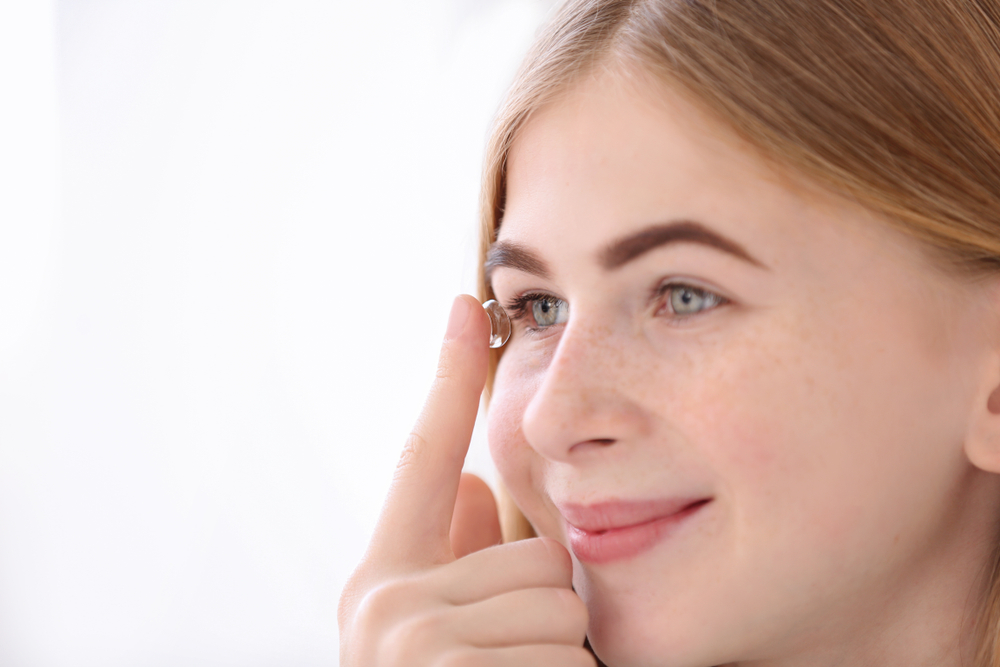
The impact of myopia goes beyond just the need for corrective lenses. It can lead to various eye health issues, including an increased risk of developing sight-threatening conditions such as glaucoma, cataracts, and retinal detachment. Myopia can have a negative impact on daily activities, such as reading, driving, and participating in sports.
To address the growing concern of myopia and its potential consequences, it is crucial to understand the different treatment options available for myopia control.
Why Myopia Control is Important
Myopia control is essential to minimize the progression of myopia and reduce the associated risks. Without intervention, myopia can worsen over time, leading to higher degrees of nearsightedness and an increased likelihood of developing eye complications. By implementing effective myopia control strategies, we can potentially slow down the progression of myopia and preserve good vision in the long term.
Myopia control is particularly crucial for children and young adults, as their eyes are still developing. By managing myopia at an early stage, we can prevent or delay the onset of high myopia, which is associated with a higher risk of vision-threatening conditions. It is important to prioritize myopia control as a part of comprehensive eye care for individuals of all ages.
Different Treatment Methods for Myopia Control
There are several treatment methods available for myopia control. Each method aims to address the underlying causes of myopia progression and provides unique benefits. These treatment options can be customized based on an individual's age, lifestyle, and eye health. Let's explore some of the most common myopia control options:
Ortho-K
Orthokeratology, commonly known as Ortho-K, is a non-surgical treatment method that involves wearing specially designed gas permeable contact lenses overnight. These lenses gently reshape the cornea, temporarily correcting the refractive error and allowing clear vision during the day without the need for glasses or contact lenses.
Ortho-K has gained popularity as a safe and effective myopia control option, particularly for children. The lenses are custom-made to fit the individual's eyes and are worn during sleep to reshape the cornea gradually. The effects of Ortho-K are temporary, necessitating regular overnight lens wear to maintain the desired level of myopia control.
Multifocal Contact Lenses
Multifocal contact lenses are another effective option for myopia control. These lenses have different power zones that enable clear vision at various distances. By providing simultaneous clear vision for both near and far objects, multifocal contact lenses can help slow down the progression of myopia.
These lenses work by inducing peripheral myopic defocus, which helps to regulate the growth of the eye. Multifocal contact lenses are available in both soft and rigid gas permeable materials, providing flexibility and comfort options for individuals with different needs and preferences.
Atropine Eye Drops
Atropine eye drops have emerged as a promising pharmacological treatment for myopia control. Atropine is a medication that dilates the pupil and temporarily relaxes the focusing muscles of the eye. By doing so, it helps to slow down the elongation of the eyeball, which is a key factor contributing to myopia progression.
The use of atropine eye drops for myopia control requires careful monitoring by an optometrist. The concentration and frequency of the eye drops may vary depending on individual needs and response. While atropine can effectively slow down myopia progression, it may cause temporary side effects such as light sensitivity and blurred vision.
The Role of an Optometrist in Myopia Control
Optometrists play a vital role in prescribing and managing myopia control treatment. They are trained professionals who specialize in eye care and are well-equipped to assess and diagnose myopia. Optometrists can evaluate an individual's refractive error, ocular health, and lifestyle factors to determine the most appropriate myopia control treatment method.
Optometrists also provide ongoing monitoring and adjustments to ensure optimal myopia control. Regular eye examinations are essential to assess the effectiveness of the chosen treatment and make any necessary modifications. Optometrists can also provide guidance on proper lens care, visual hygiene, and lifestyle modifications to enhance the effectiveness of myopia control strategies.
Taking Control of Your Myopia for Better Eye Health
Myopia control is crucial for minimizing the progression of nearsightedness and reducing the associated risks. With the availability of various treatment methods such as orthokeratology, multifocal contact lenses, and atropine eye drops, individuals have options to effectively manage myopia and preserve good vision. Consulting with an optometrist is essential to determine the most suitable myopia control treatment based on an individual's unique needs and circumstances.
By taking control of myopia through effective treatment options and regular eye care, we can protect our vision and promote better eye health for a lifetime.
To consult with our optometrist on myopia control methods best suited for you or your child's needs, visit Today’s Vision at our Laguna Niguel, California, office. Call (949) 518-0055 to book an appointment today.






